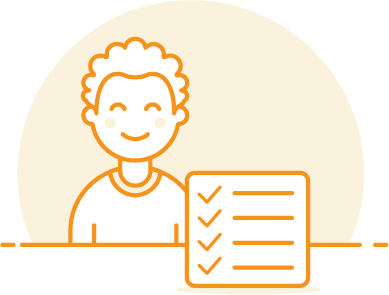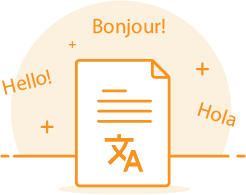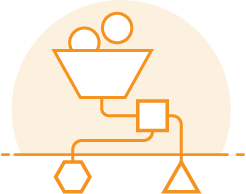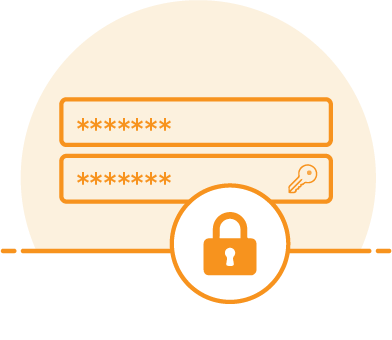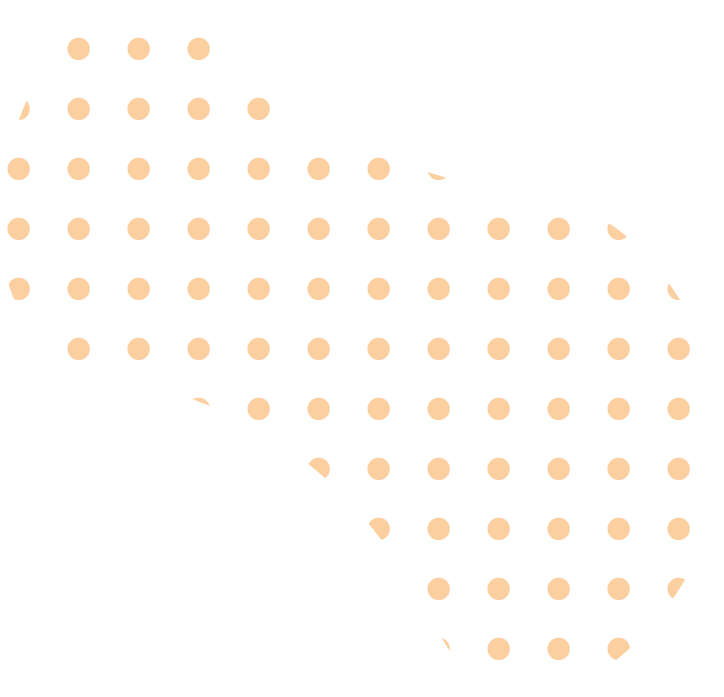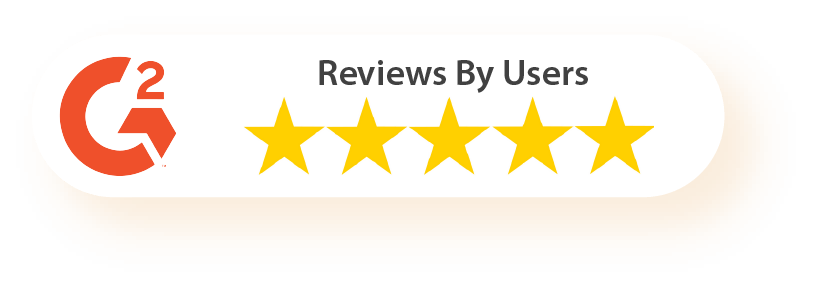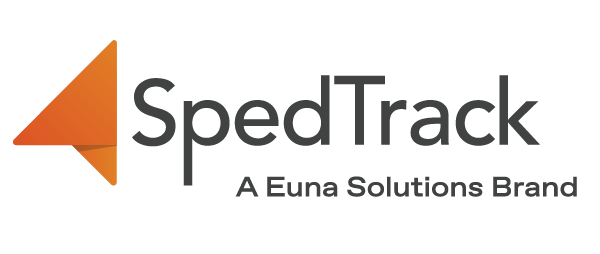Section 504 plans, also known as 504 forms, are documents that provide students with disabilities services and/or accommodations to their education. These plans are meant to provide equal access to education, or what is known as free appropriate public education (FAPE).
Section 504 of the Rehabilitation Act of 1973 is a federal law implemented by the Office for Civil Rights (OCR) in the U.S. Department of Education (ED) that contains various protections and procedural safeguards that push for non-discrimination of students with disabilities.
If a child has a disability that impacts a major life activity, a Section 504 plan can help them get the services and/or accommodations they need to succeed in school.
Accommodations might include extra time on tests, a different way to take notes, or assistive technology.
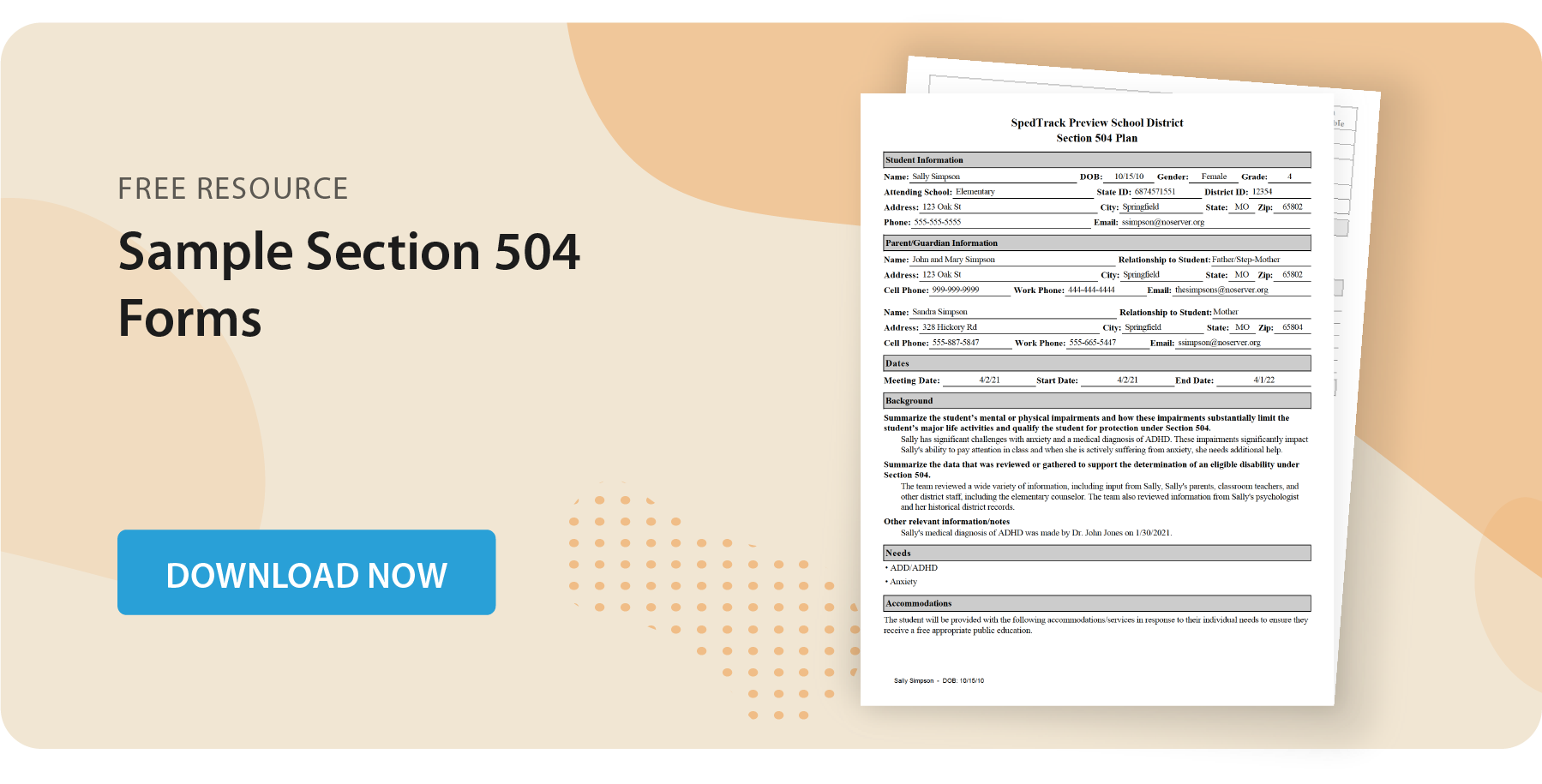
What Does Section 504 Plan Eligibility Encompass?
Section 504 eligibility consists of the following key elements:
- Evaluation
- Plan
- Services and/or
- Accommodations
Evaluation
Eligibility typically arises when a parent or guardian, teacher, therapist, or physician has reasonable suspicion that the student is not progressing or benefiting from instruction because of physical or mental impairment.
Once a concern is raised, the 504 staff organizes a planning meeting for the 504 teams, usually composed of the following:
- Parents or legal guardians
- Special education teachers
- General classroom teachers
- School principal
- Other relevant personnel including psychologists, therapists, school nurses, social workers, guidance counselors, etc.
This meeting is often conducted multiple times to assess the child’s eligibility. School districts also typically assign a coordinator who organizes these meetings and eventually oversees the child’s 504 plan.
The team’s eligibility assessment is based on (but not limited to) the following:
- Medical diagnoses
- Test results
- Performance in the classrooms
- Observations and feedback from members of the 504 team who have worked and interacted with the child
- Other academic assessments
Often, additional assessment in the form of interviews, testing, and evaluation tools is needed to establish eligibility, identify the need, and determine the type of services and/or accommodations necessary for the child’s success.
After assessing academic and medical records, conducting further testing and evaluation, and interviewing the child and parents/guardians, the 504 team decides whether the student is eligible for a 504 plan.
Eligibility
According to the US Department of Education, students are considered eligible if they satisfy any of the following conditions:
- They have a physical or mental impairment that substantially limits one or more major life activities.
- They have a record of said physical or mental impairment.
- They are perceived to have said physical or mental impairment.
According to the Section 504 regulatory provision, impairments—whether physical or mental—may be characterized by “any physiological disorder or condition, cosmetic disfigurement, or anatomical loss affecting one or more of the following body systems”:
- Neurological
- Musculoskeletal
- Special sense organs
- Respiratory, including speech organs
- Cardiovascular
- Reproductive
- Digestive
- Genito-urinary
- Hemic and lymphatic
- Skin
- Endocrine
- Any mental or psychological disorder, such as mental retardation, organic brain syndrome, emotional or mental illness, and specific learning disabilities
“Major life activities” refer to day-to-day functions such as physical movement, caring for themselves, breathing, seeing, hearing, learning, concentrating, performing manual tasks, communicating, and working.
The eligibility for a Section 504 plan does not specify any medical conditions. It is deliberately made as a broad statement to allow schools to assess students based on their circumstances.
Plan
There is no standard format for a 504 plan—the content and how it is laid out depends on the school. If you need an idea of how 504 plans are typically written, here are several templates and examples from school districts and the special education community:
- Downloadable template from Understood.org
- Template from the NYC government
- Multiple samples from school districts and impairment-specific examples
Furthermore, here are some guidelines that characterize an effective 504 plan:
- Personalized. It should be tailored to the student’s specific needs and corresponding accommodations.
- Thorough. It should identify all the child’s needs and ensure that there are corresponding services and/or accommodations for each.
- Specific. It must clearly describe and specify each service and accommodation to meet the child’s needs. The roles of staff members should be added to the plan to specify responsibility for eachservice and/or accommodation.
- Updated. The 504 plan should be reviewed and updated on a regular basis to meet the child’s needs as they evolve.
Accommodations
If the student is eligible under Section 504, the school must implement additional services and/or accommodations outlined in the 504 plan.
Accommodations seek to do the following:
- Enable the student with a disability to fully participate in the general curriculum class, thus providing equal opportunities and a level playing field
- Takes into consideration the limitations of the child and barriers to full participation in the regular class
- Offer alternative methods, tools, and related services that allow the child full participation in school activities
A student’s Section 504 plan would include accommodations, such as the following:
- Extra time for assignments or tests
- Note-taking assistance
- A seating arrangement that helps the student to focus
- Sensory tools, digital textbooks, and assistive technology
- Test instructions with highlights
- Testing in a quiet space
- Health services
- Translated materials, such as instructions in Spanish
- Sign languages
You may find the complete list of accommodations here.
When Are 504 Plans Necessary?
Section 504 of the Rehabilitation Act of 1973 is a civil rights law that promotes non-discrimination for individuals with disabilities in programs and activities that receive federal financial assistance.
The eligibility requirements for Section 504 education programs are that the student must:
- Have a physical or mental impairment that substantially limits one or more major life activities
- Have a record of such an impairment
- Be regarded as having such an impairment
If the student’s physical or mental impairment substantially limits at least one significant life activity, a 504 plan may be necessary to ensure that they receive the services and/or accommodations they need to succeed.
If the child has limitations in at least one of the major life activities below, then they may be considered eligible:
- Bending
- Breathing
- Caring for oneself or others
- Communicating
- Concentrating
- Eating
- Impartial hearing or listening
- Learning
- Lifting
- Performing manual tasks
- Reading
- Seeing
- Sleeping
- Speaking
- Standing
- Walking
- Working
Are Section 504 Plans the Same as IEPs?
No, Section 504 plans are not the same as IEPs.
While Section 504 plans and IEPs are educational plans that can help students with disabilities, they have different eligibility requirements.
An Individualized Education Program (IEP) is a written document for students with disabilities. All students with disabilities and unique needs are eligible to receive FAPE under the IEP.
A 504 plan is created to provide equal access for students with disabilities by focusing on accommodations. A student must have a physical or mental impairment that substantially limits one or more major life activities.
Where Can I Find Additional Resources to Learn More About 504 Plans?
Additional information on 504 plans or general education requirements for those with disabilities can be found under the Individuals with Disabilities Education Act (IDEA) or the Americans with Disabilities Act (ADA).
Handling your Section 504 plans online but having trouble writing in the guardian’s preferred language? SpedTrack’s translation solution makes it easy to instantly translate forms into different languages.
Track Section 504 Plans with SpedTrack
A Section 504 plan is necessary for students with disabilities to ensure they receive the accommodations they need to succeed in school.If your district manages multiple Section 504 Plans and needs an easier way to manage them, SpedTrack can help!
SpedTrack is packed with powerful tools, templates, and features that simplify managing accommodations and modifications while helping ensure compliance.
Find out how to develop and manage your 504 plans more easily with SpedTrack. Contact us for a demo today.



